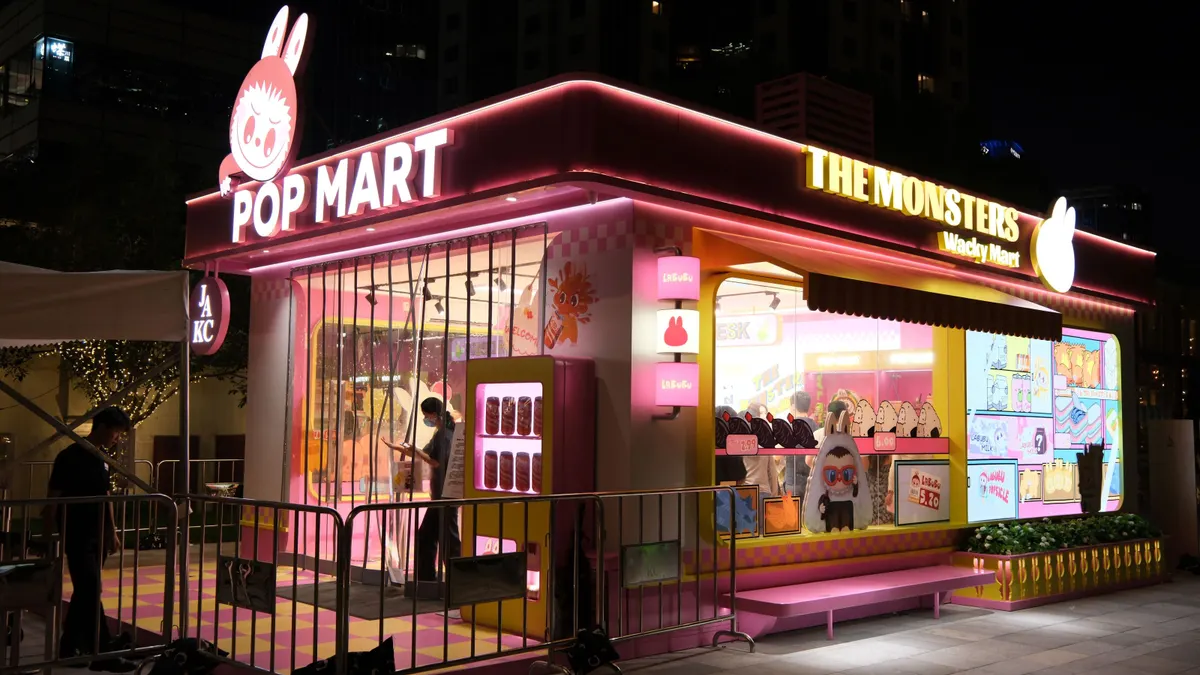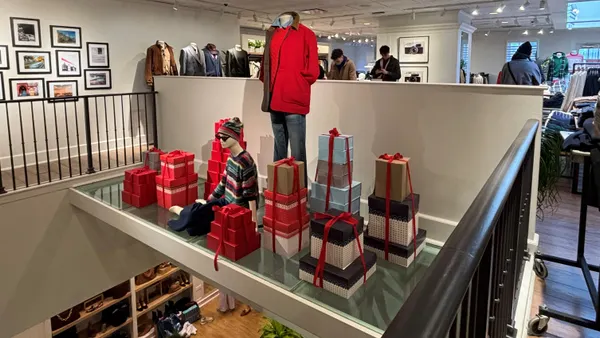Retail spending rose in September, though higher prices appear to be driving some of the month’s growth, according to various reports.
Due to the government shutdown, the U.S. Commerce Department didn’t release its retail sales report for September on Thursday as planned. Other reports — which aren’t ideal stand-ins for the government numbers because they reflect various methodologies and slightly different time periods — show mixed results.
Total credit and debit card spending per household rose 2% year over year, driven mostly by services and gasoline, according to a Bank of America Institute report from Friday.
Core retail sales — excluding restaurants, autos and fuel — rose more than 5.7% year over year, according to an Oct. 9 report from the National Retail Federation, which also uses credit and debit card data.
The group found healthy year-over-year growth in most categories. Unadjusted for inflation, sporting goods, hobby, music and book stores rose over 8.8%; clothing and accessories stores rose over 7.3%; general merchandise sales rose over 5.5%; health and personal care sales rose over 4.6% and electronics and appliance sales rose over 4.4%. Furniture and home furnishings sales growth was muted, up just 0.56% year over year.
NRF CEO Matthew Shay said September’s “year-over-year gains show robust growth and signal momentum as we head into the holidays.”
However, inflation is driving some portion of the increases, according to research from Circana. That firm found that in the five weeks ending Oct. 4, U.S. retail sales revenue was flat compared to 2024. Unit demand in that period fell 2%, however. Circana included discretionary general merchandise, retail food and beverage, and non-edible consumer packaged goods in that calculation.
Looking at just discretionary general merchandise, retail dollar sales fell 3% and unit demand fell 6%, per Circana.
These numbers indicate that “consumers no longer have the same purchasing power they had a year ago,” according to Marshal Cohen, chief retail industry adviser for Circana.
“We are in a period of ‘Invisible Inflation,’” he said in a statement. “It appears — on the surface — as though retail sales have not realized the impact of inflation, but, in reality, consumers are pulling back on the amount of product they are buying, allowing them to spend the same overall amount even though what they are buying costs more.”
The wealth gap is also evident in recent spending patterns, according to Bank of America Institute researchers. Lower-income households’ spending likely reflects softer wage gains. Meanwhile, middle- and higher-income households not only have stronger wage growth but also “wealth effects” related to the stock market and home ownership, they said.
Retail Dive will update its retail sales tracker if and when the government releases its report.















